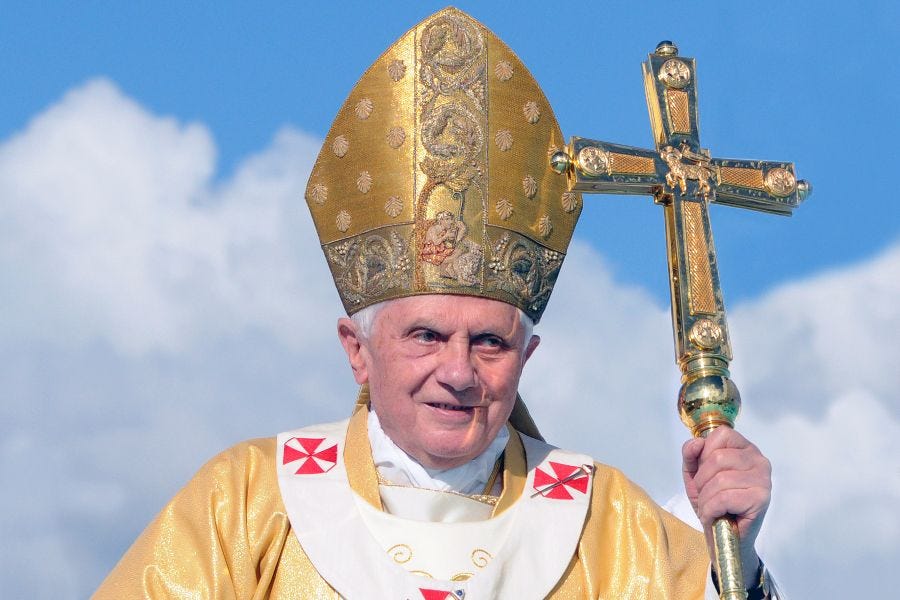Pope emeritus Benedict XVI dies at 95
Benedict XVI, one of the world’s foremost theologians and the first pope to retire in almost 600 years, died on Dec. 31 at the age of 95.

Benedict XVI, one of the world’s foremost theologians and the first pope to retire in almost 600 years, died Saturday at the age of 95.
A Dec. 31 statement from the Holy See press office said: “With sorrow I inform you that the Pope Emeritus, Benedict XVI, passed away today at 9:34 in the Mater Ecclesiae Monastery in the Vatican. Further information will…
